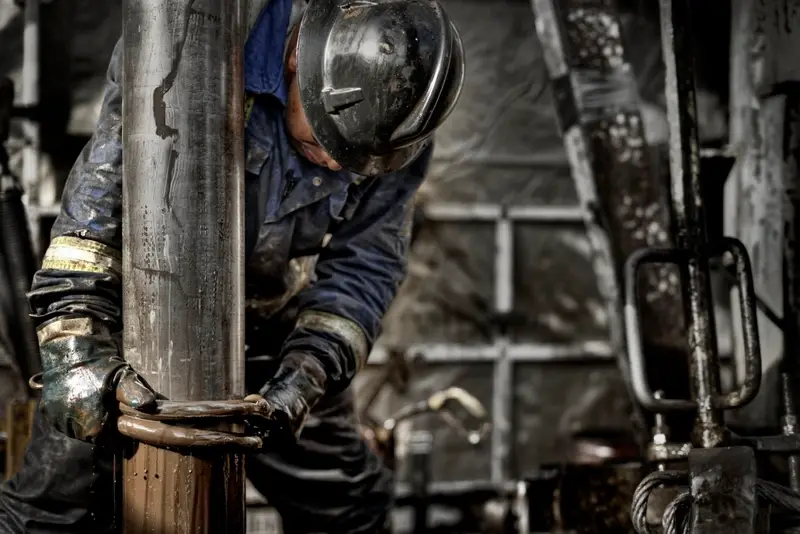
Texas oil play PennPetro (PPP) followed a recent trend of small caps shunning AIM in favour of a standard listing on the Main Market yesterday. In the statement accompanying its admission it referred to a 1P working interest in 2m barrels of oil and 1m mcf (million cubic feet) of gas.
But what does 1P mean? Answering this question will help us understand more broadly how the oil industry defines the resources contained in the sub-surface.
OIL IN PLACE
The total estimated oil or gas in a reservoir - which includes that which can and cannot be produced - is known as the oil or gas 'in place'. The 'recovery factor' refers to the proportion of this oil or gas which can be brought to the surface.
For accumulations of oil to be classified as reserves they must satisfy four key criteria:
-discovered through one or more exploratory wells
-recoverable using existing technology
-commercially viable
-remaining in the ground (in other words, not already produced)
Although oil companies do produce unaudited reserve numbers, typically they will bring in a consulting firm to provide independent verification in the form of a Competent Persons Report (CPR). The key names operating in this area are based in the USA and include DeGloyer & McNaughton, Netherland Sewell and Sproule. All reserve estimates involve a certain level of uncertainty and oil reserves can be divided into two principal classifications - proved and unproved.
Proved Reserves. Also known as 1P or P90 reserves, these are reserves that can be calculated with reasonable certainty (at least 90%) because the field has been defined by appraisal wells which have since been tested. They can be further subdivided into 'proved developed' and 'proved undeveloped.' The former can be produced from existing wells, while the latter require additional wells to be drilled.
Unproved reserves. These are split up into probable reserves, which have a 50% chance of being produced, and possible reserves, with a 10% chance. When added to the level of proved reserves, probable reserves are known as 2P or P50. Proved, probable and possible reserves are known as 3P or P10.
AUDIT TRAIL
The oil industry has two further key definitions of which resource investors need to be aware.
Prospective resources. These assess the size of prospects which have not yet been drilled. Prospective resources are therefore quantities of oil and gas estimated to be recoverable from undiscovered accumulations. These figures are often estimated purely on the basis of seismic data.
Contingent resources. Contingent resources are those where there is some obstacle to production. This may include projects for which there are currently no viable markets; where commercial recovery is dependent on technology under development; or where evaluation of the accumulation is insufficient to clearly assess commerciality.
A reserves audit will typically follow drilling or seismic survey activity with companies hoping to convert prospective and contingent resources into 1P and 2P reserves.
It is worth bearing in mind that as more information about a field becomes available reserves can be downgraded as well as upgraded.




